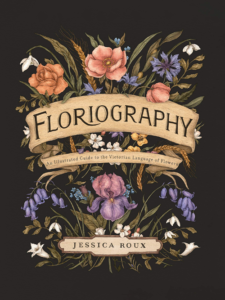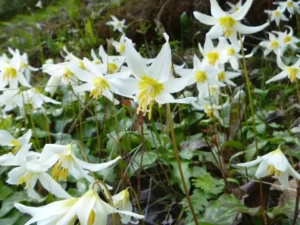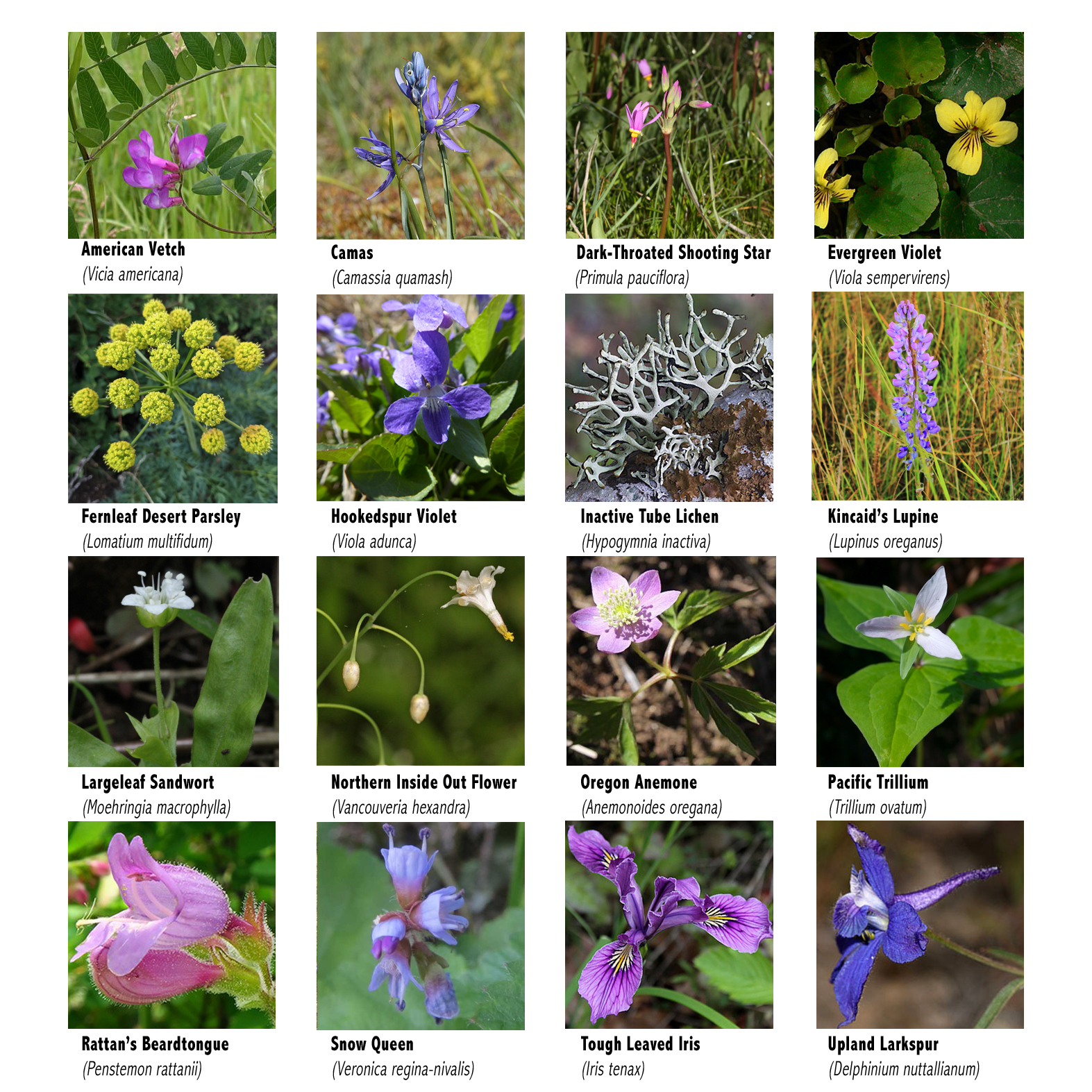In decoding the previous message you may find yourself wondering what Eliza and Hannah were concocting, with whom and where they would venture to next.
Of course, Eliza would want to celebrate her mother before leaving on their adventure, so she shared with her Mom a special gift – Floriography, an illustrated guide to the language of flowers…

In celebration of Mother’s Day, and to give you a collection of hints about where Mom and Daughter will go to next, we offer you a bouquet as a clue…
YOUR MISSION

Match the names of these flowers with their images. It is important to know that all the flowers in this match are able to be seen at our next location this very month!
Once you’ve completed matching the names to the flowers, you can access the next clue!
The Historic Resources Which Inspired Our Mother's Day Adventure

Wildflower Search (wildflowersearch.org)
Connect with Nature!
(From the website)
Wildflower Search website folks with limited knowledge of botany to identify plants that are found outside of gardens. This help is provided by presenting you with small images of plants. You can use a number of search techniques to get to the images that are most likely the plant you are looking for. When you click on a plant image the program shows you links to plant descriptions and more plant images.
This site has many ways of searching for a plant. You can use these searches in any combination. Some searches eliminate some plants from consideration. Most searches give a “score” to each plant depending on how well the plant matches the search criteria. The plants with the highest score are displayed at the top of the results.

Chinook Jargon
Chinook Jargon (Chinuk Wawa or Chinook Wawa, also known simply as Chinook or Jargon) is a language originating as a pidgin trade language in the Pacific Northwest. It spread during the 19th century from the lower Columbia River, first to other areas in modern Oregon and Washington, then British Columbia and parts of Alaska, Northern California, Idaho and Montana while sometimes taking on characteristics of a creole language.[2] It is partly descended from the Chinook language, upon which much of its vocabulary is based.[3] Approximately 15 percent of its lexicon is French, and it also makes use of English loanwords and those of other language systems. Its entire written form is in the Duployan shorthand developed by French priest Émile Duployé.
Many words from Chinook Jargon remain in common use in the Western United States and British Columbia, and it has been described as part of a multicultural heritage shared by the modern inhabitants of the Pacific Northwest. The total number of Jargon words in published lexicons numbered only in hundreds.[4] It has its own grammatical system. It is a very simple system, and like its word list, is easy to learn. Though existent in Chinook Jargon, the consonant /r/ is rare, and English and French loan words, such as rice and merci, have changed in their adoption to the Jargon, to lays and mahsi, respectively.
We are grateful to...

